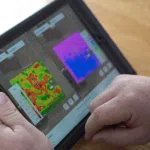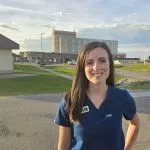
Keeping sick people out of schools needs to be priority, Shahab says
As classes get set to resume, Saskatchewan’s chief medical health officer says the big priority needs to be keeping sick people out of schools.
Speaking on Gormley on Tuesday morning, Dr. Saqib Shahab said the practice of allowing kids to go to school if they have mild symptoms can’t continue in the time of COVID-19.
Shahab noted that, based on observations in Europe and Asia, the coronavirus tends to spread into schools and not the other way around.
“Schools do not take COVID to the community, COVID comes to the schools from the community,” Shahab said.


